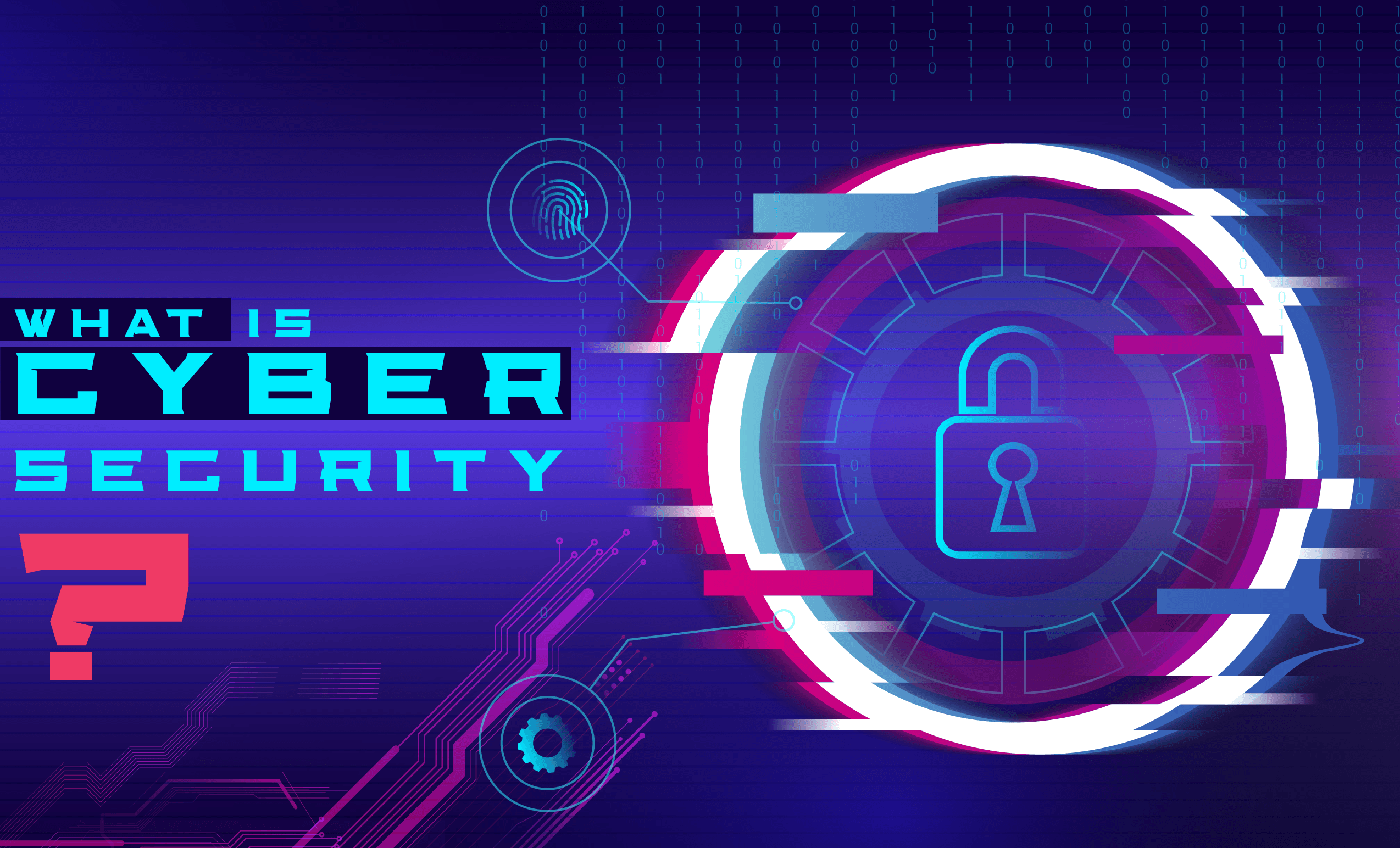Introduction
In today’s hyper-connected world, almost every aspect of life depends on digital technology. From banking and healthcare to remote work and social media, our daily activities are powered by systems that store, process, and exchange sensitive information. But with this convenience comes risk. Cyber crime is on the rise, with attackers becoming more sophisticated each year. So, what exactly is cybersecurity, and why is it one of the most critical issues in 2025?

What Is Cybersecurity?
Cybersecurity is the practice of protecting digital systems, networks, applications, and data from unauthorized access, attacks, or damage. It covers a broad range of areas, including:
- Network security – protecting internal and external communications.
- Application security – ensuring software is free of vulnerabilities.
- Data security – safeguarding sensitive information from theft or loss.
- Cloud security – securing services and workloads hosted on cloud platforms.
- Operational security – defining processes and controls to protect assets.
At its core, cybersecurity is about ensuring the CIA triad:
- Confidentiality – keeping data private.
- Integrity – preventing unauthorized modifications.
- Availability – ensuring systems remain accessible when needed.
Why Cybersecurity Matters More in 2025
The digital landscape of 2025 is very different from a decade ago. Several trends have made cybersecurity more important than ever:
- Explosion of Remote Work
- Millions now work remotely, making corporate networks more exposed to cyber risks.
- Cloud Dependency
- Businesses rely heavily on cloud services, which, if misconfigured, can expose critical data.
- AI-Powered Attacks
- Cyber criminals are now using artificial intelligence to create sophisticated phishing campaigns, malware, and deepfakes.
- Rising Ransomware Epidemic
- Ransomware has grown into a billion-dollar industry, crippling businesses, hospitals, and even governments.
- Nation-State Cyber Warfare
- Countries increasingly use cyber operations to disrupt economies, spread disinformation, and steal intellectual property.
Real-World Consequences of Ignoring Cybersecurity
Failure to prioritize cybersecurity can lead to devastating outcomes:
- Financial Losses – Companies lose millions in downtime, recovery, and fines.
- Reputation Damage – A single data breach can destroy customer trust.
- Legal Penalties – Organizations face fines under laws like GDPR, HIPAA, or local data protection regulations.
- National Security Risks – Attacks on power grids, healthcare, and defense systems put lives at risk.
Core Pillars of Cybersecurity in 2025
To effectively defend against evolving threats, organizations and individuals must focus on these areas:
- Identity and Access Management (IAM) – Strong authentication and role-based access.
- Zero Trust Security – “Never trust, always verify” approach to networks.
- Threat Intelligence and Monitoring – Detecting and responding to attacks in real-time.
- Regular Training & Awareness – Human error is still the #1 cause of breaches.
- Incident Response Planning – Preparing for when (not if) an attack occurs.
Future Trends in Cybersecurity
Looking forward, several innovations will shape the cybersecurity industry:
- Quantum-Safe Encryption – Defenses against quantum computing.
- Passwordless Authentication – Biometric and cryptographic identity solutions.
- Automated Defense with AI – Smarter threat detection and faster incident response.
- Cybersecurity Regulations – Stricter global laws for privacy and compliance.
Conclusion
Cybersecurity in 2025 is not just a technical requirement—it’s a necessity for personal safety, business continuity, and national security. As digital threats grow more advanced, both individuals and organizations must adopt a proactive approach. The key takeaway?
Cybersecurity is no longer optional; it’s essential.


Leave a Comment